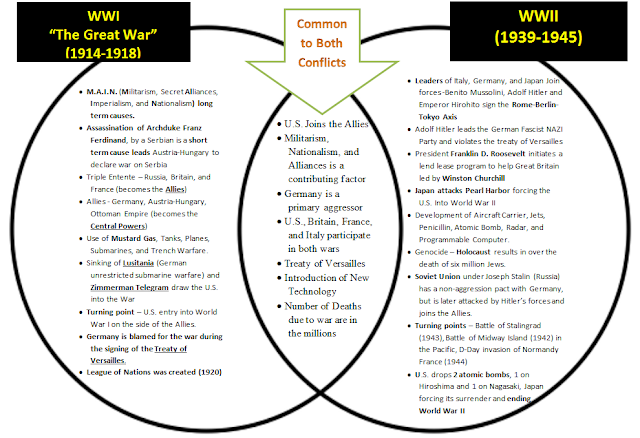TASC SCIENCE STUDY PACKET DAY 2: Earth and Space Science
Good Day TASC takers. Here is day 2 out of a 7 day science prep course. If you prefer to work offline and need to download the entire study file click on the link below:
Earth
and Space Science Day 2:
Evaluate evidence of the past and current movements of continental and oceanic
crust and the theory of plate tectonics to explain the ages of crustal rocks.

The Earth is made up of several different layers. We live on the outer most layer known as the crust. The crust that we live on was once part of the Asthenosphere, a section of the earth that is filled with liquid molten rock beneath the crust known as magma.
The theory of plate tectonics or continental drift as developed by Alfred Wegener explains that Earth’s crust and lithosphere are divided up into rigid, slowly moving pieces called tectonic plates that move through a convection (heat) process. Gravity also contributes to the movement of the plates by the force that it exerts on the crust.

At transform boundaries, two plates slide past each other horizontally. Transform boundaries are associated with faults and devastating earthquakes. When transform faults bend, one of two different structures will form. A pull-apart basin that has a long, narrow depression that collects sediment or fills with water. On the other hand, plate motion may cause blocks of crust to jam together, creating ridges and folds called transverse ridges.

At convergent boundaries, plates move together. There are two types of convergent boundaries, collisional and subduction zones. Collisional boundaries occur when two plates bearing continental crust are colliding and are associated with large mountains and earthquakes.
Subduction zones occur where dense oceanic crust moves under, or is subducted, below less-dense crust. Subduction zones are associated with island chains, ocean trenches, earthquakes, mountain ranges, and volcanoes.





Comments
Post a Comment